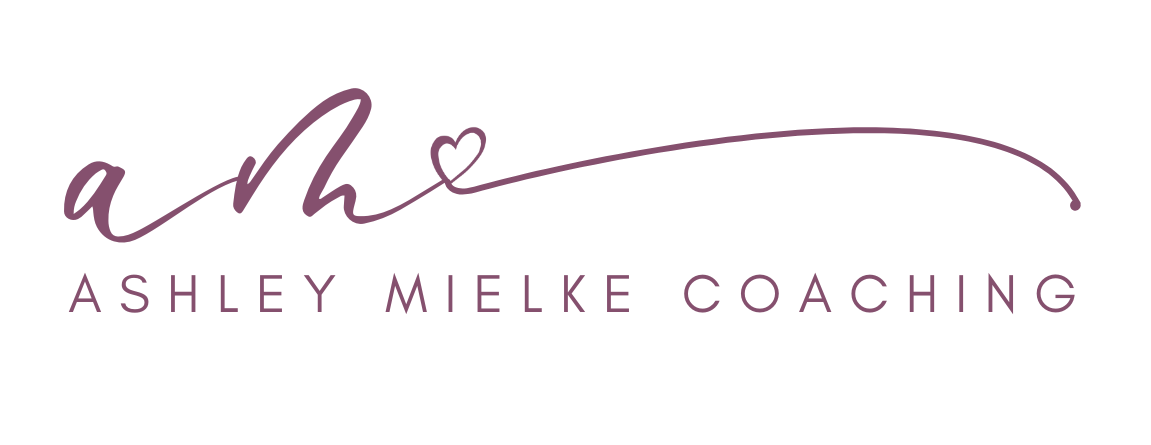10 Truths About Healing After Suicide Loss That Will Change Your Life
Losing a loved one to suicide is an experience that reshapes you in ways you never imagined. The grief is complicated, the emotions are overwhelming, and the journey to healing can feel impossible. But there is hope. While nothing can take away the pain entirely, understanding these truths can help guide you through the darkness toward a place of peace and meaning.1. Feelings Are Not Facts
When you're grieving, your mind can create painful narratives. "It’s my fault", "I should have done more", "I’ll never be okay again". But just because you feel something doesn’t make it true. Healing begins when you start challenging those stories and showing yourself the same compassion you’d give a friend.2. Grief and Joy Can Co-Exist
There will be moments of laughter and happiness, and you might feel guilty for them. But joy does not erase your grief or your love for the person you lost. Finding joy again is not a betrayal. It’s a testament to your resilience.3. Time Does Not Heal, Actions Do
The old saying time heals all wounds isn’t entirely true. Time alone doesn’t heal. It’s what you do with that time that matters. Healing requires intentional choices: seeking support, allowing yourself to grieve, practicing self-care, and finding ways to honour your loved one.4. Healing Is Not Forgetting
Moving forward does not mean leaving your loved one behind. You will always carry them with you in your heart, in the lessons they taught you, and in the ways you choose to keep their memory alive.5. Closure Is a Myth
There is no such thing as "getting over" a loss like this. Healing isn’t about closing a chapter and forgetting. It’s about learning to live with the loss in a way that allows you to keep moving forward.6. True Strength Is in Vulnerability
We often equate strength with suppressing emotions, but real strength is found in allowing yourself to feel. Being open about your grief and sharing your experience with others is one of the bravest things you can do.7. Asking ‘Why’ Won’t Bring You Peace
The question Why did this happen? may consume your thoughts, but no answer will truly bring peace. Healing begins when you let go of the need for explanations and focus instead on how to move forward with love and acceptance.8. Suicide Is How They Died, Not Who They Were
Your loved one was so much more than their final moment. Their story is not defined by their death but by the life they lived, the love they gave, the memories they created, and the impact they had on those around them.9. Our Greatest Purpose Can Be Born From Our Deepest Pain
Pain has a way of shaping us. It can break us, or it can lead us to something meaningful. Many people who have lost someone to suicide find purpose in helping others, whether through advocacy, sharing their story, or simply being there for someone else in pain.10. The Best Way to Heal Others Is to Heal Yourself First
Grief has a ripple effect. When you prioritize your own healing, whether through therapy, self-care, or finding community, you not only help yourself, but you also create space to support others. You can’t pour from an empty cup.You Are Not Alone
If you’re struggling with the loss of a loved one to suicide, know that you don’t have to go through this alone. Support is available, whether through friends, family, therapy, or survivor groups. Healing doesn’t mean forgetting—it means finding a way to live with the loss while still moving forward.
Which of these truths resonated with you the most? if this post could help someone in need, please share it. you never know who might need a little hope today.
